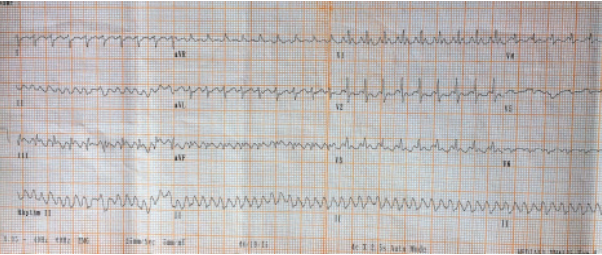Perinatal Atrial Flutter: Clinical Presentation, Management and Outcome.
1. Abstract
1.1. Background: Fetal tachyarrhythmias represent uncommon conditions in pregnancy with perinatal atrial flutter accounting for up to one-third of all cases. The detection of a fast heart rate in a fetus or newborn constitutes a médical emergency because it carries a significant risk of hemodynamic compromise, heart failure, neurological morbidity, and perinatal mortality. Results: This report describes a neonate with sustained atrial flutter and poor myocardial function since birth that required multiple external electrical cardioversions and premedication with amiodarone to convert to normal sinus rhythm. Discussion: This case suggests that the management of intractable cases of perinatal atrial flutter is challenging. Long-term prognosis may not always be favorable when the arrhythmia is refractory to therapy and myocardial function cannot be restored timely despite aggressive treatment.
1.2. Keywords: Atrial flutter; Synchronized cardioversion; Amiodarone; Adenosine; Neonate; Perinatal tachyarrhythmia.


















